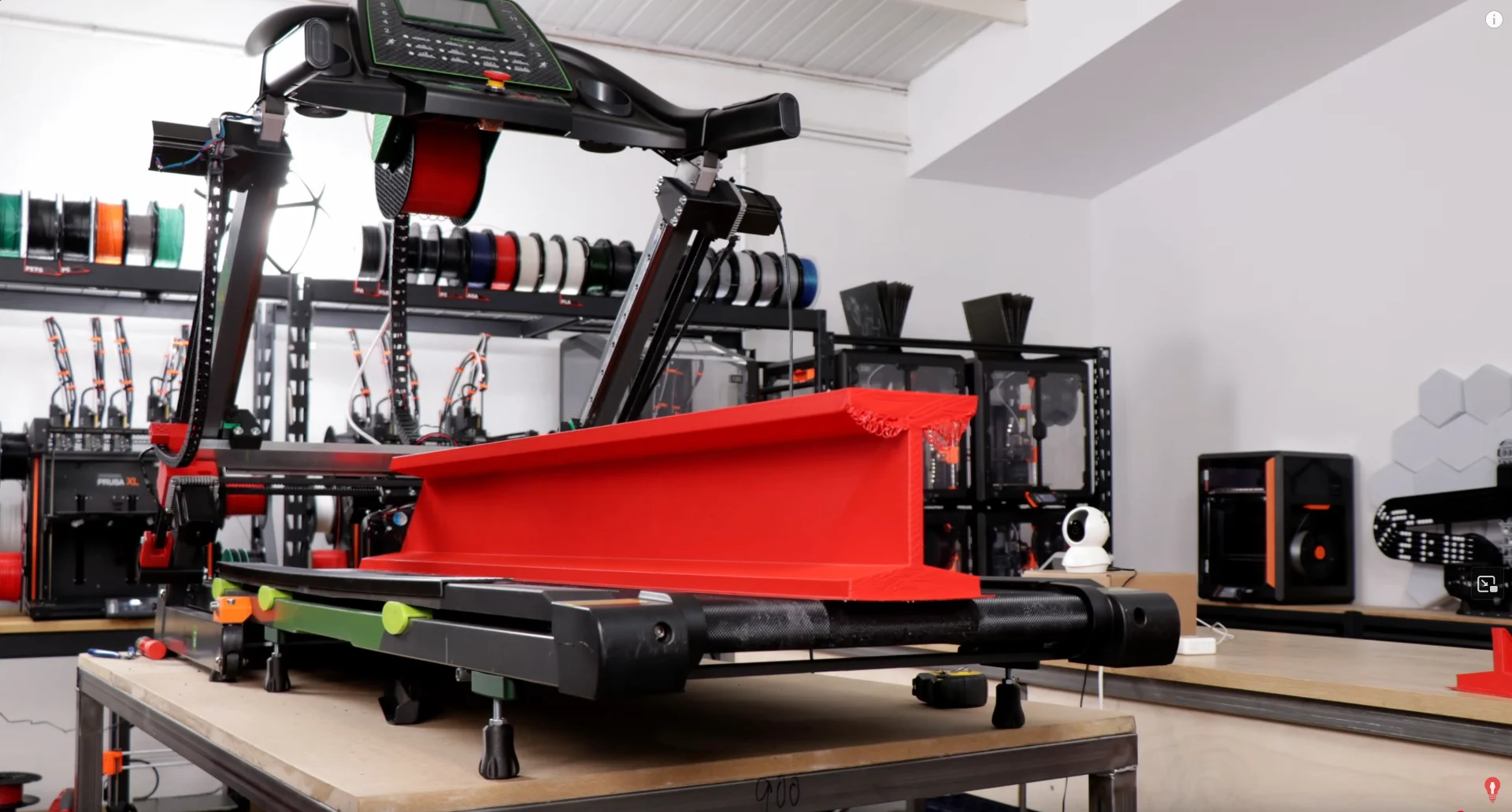ToddlerBot - Le robot humanoïde à 4300 $ qui ridiculise les géants de la tech
Voici une info qui risque de faire grincer des dents chez Boston Dynamics et Tesla (ou pas ^^). Un doctorant de Berkeley, du nom de Haochen Shi, a décidé de partager généreusement avec le monde entier les plans d’un robot humanoïde fonctionnel pour seulement 4300 dollars de base. Oui, le prix d’une Nintendo Switch 2 (je rigole ^^) pour un robot bipède capable d’apprendre par lui-même.
Notre petit prodige s’appelle ToddlerBot , il mesure 33 centimètres de haut et possède 17 degrés de liberté. Pour vous donner une idée, c’est largement suffisant pour qu’il puisse marcher, manipuler des objets avec ses bras et effectuer des tâches complexes. Le tout avec des pièces imprimées en 3D et des servomoteurs qu’on trouve sur AliExpress.
![]()
Et notre ami Shi n’a pas juste mis en ligne un énième projet de robotique universitaire. Non, le gars a carrément publié l’intégralité du projet en open source sur GitHub sous licence MIT. Les fichiers CAD, le code Python, les schémas électroniques, tout y est. Vous pouvez donc littéralement cloner le repo et commencer à imprimer votre robot ce soir.
Côté hardware, l’architecture repose sur un Jetson Nano ou un Raspberry Pi selon votre budget. Les servomoteurs pour les jambes offrent un couple respectable pour cette échelle, pendant que les bras utilisent des modèles plus légers. Au final, le coût de base est de 4300 $, mais peut varier selon où vous achetez vos composants et les options que vous choisissez.
Mais attendez, le hardware n’est que la moitié de l’histoire. Du côté software, ToddlerBot intègre un système de téléopération complet qui permet de le contrôler à distance pour collecter des données d’entraînement. Cette approche de collecte de données est cruciale pour l’apprentissage par renforcement.
D’ailleurs, par rapport aux autres projets de robots humanoïdes low-cost, ToddlerBot se démarque par sa simplicité d’assemblage. Là où des projets comme Poppy nécessitent des compétences avancées en électronique, ToddlerBot peut être monté relativement facilement avec des outils basiques.
Ce qui change vraiment la donne ici, c’est l’écosystème qui commence à se former autour. Des makers du monde entier partagent déjà leurs modifications… certains ont ajouté des caméras pour la vision par ordinateur, d’autres expérimentent avec des matériaux différents pour les pièces imprimées. Les possibilités de personnalisation sont infinies.
Pour l’entraînement IA, le projet propose des environnements de simulation préconfigurés. Ça rend le transfert sim-to-real, comme disent les chercheurs, accessible au commun des mortels. Vous pouvez donc apprendre à votre robot à marcher, ramasser des objets ou même jouer au foot miniature. Les modèles pré-entraînés sont disponibles, mais rien ne vous empêche de partir de zéro avec vos propres algorithmes d’apprentissage par renforcement.
Un aspect que je trouve particulièrement cool dans ce projet c’est que ToddlerBot est conçu pour être modulaire. Vous voulez des bras plus longs ? Modifiez les fichiers CAD. Besoin de plus de puissance de calcul ? Remplacez le Raspberry Pi par un Jetson Orin. Cette flexibilité transforme chaque robot en plateforme d’expérimentation unique.
Les implications sont énormes car si n’importe qui peut construire un robot humanoïde pour le prix d’une console de jeu, on entre dans une nouvelle ère de la robotique. Fini le monopole des labos universitaires, des millionnaires et des géants de la tech. Bien sûr, il faut quand même des compétences techniques pour exploiter pleinement le potentiel du projet, mais la barrière d’entrée n’a jamais été aussi basse.
Et ce côté DIY ajoute une dimension émotionnelle qu’on ne retrouve pas avec un produit commercial. C’est votre création, votre code, vos améliorations.
Alors vous voulez vous lancer, commencez par commander les servomoteurs (comptez 3-4 semaines de livraison depuis la Chine) et pendant ce temps, imprimez les pièces et familiarisez-vous avec le code. La documentation du projet est bien faite et la communauté est vraiment accueillante avec les débutants.
N’empêche, un robot humanoïde fonctionnel à imprimer en 3D… Qui l’aurait cru ?
![]()


